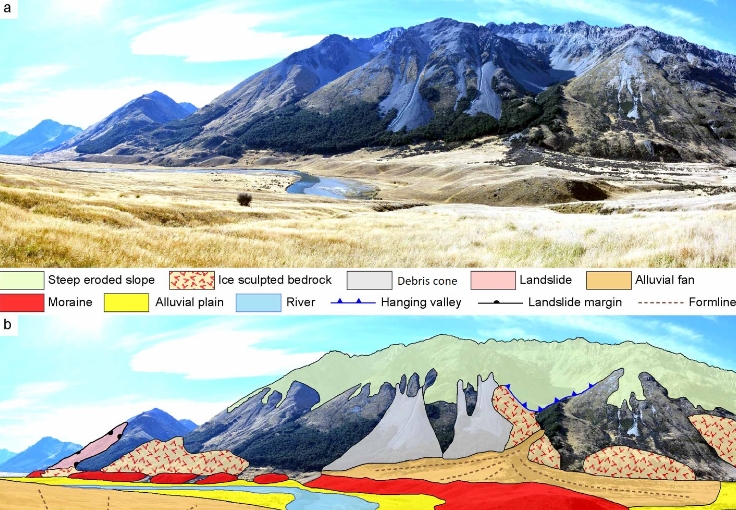Plains are vast expanses of flat land that stretch across large areas of the Earth’s surface. These geomorphological formations are shaped by a variety of dynamic processes that have been at work for millions of years.
Formation of Plains
Plains are formed through a combination of tectonic forces, erosion, and sedimentation. Tectonic forces, such as the movement of tectonic plates, can create large basins or depressions where sediment can accumulate over time. Erosion by wind, water, and ice then helps to smooth out the surface of the plain, creating a flat expanse of land.
Types of Plains
There are several different types of plains, each with its own unique characteristics. Coastal plains are formed along the coastlines of continents, where sediment is deposited by rivers and the sea. Inland plains, on the other hand, are formed farther inland and often have a more varied topography.
Dynamic Processes
Plains are not static formations; they are constantly being shaped and reshaped by a variety of processes. Rivers and streams can carve out new channels and deposit sediment, creating meandering patterns on the surface of the plain. Wind can also play a significant role in shaping plains, especially in arid regions where sand dunes can form.
Human Impact
Human activities have also had a significant impact on the formation of plains. Agriculture, urban development, and mining can all alter the natural landscape of a plain, leading to changes in the geomorphology of the area. Conservation efforts are increasingly important in ensuring the preservation of these dynamic formations.
In conclusion, exploring the dynamic formation of plains from a geomorphological perspective can provide valuable insights into the complex processes that shape the Earth’s surface. By studying these formations, researchers can gain a better understanding of how our planet has evolved over time and how human activities continue to impact the natural environment.

